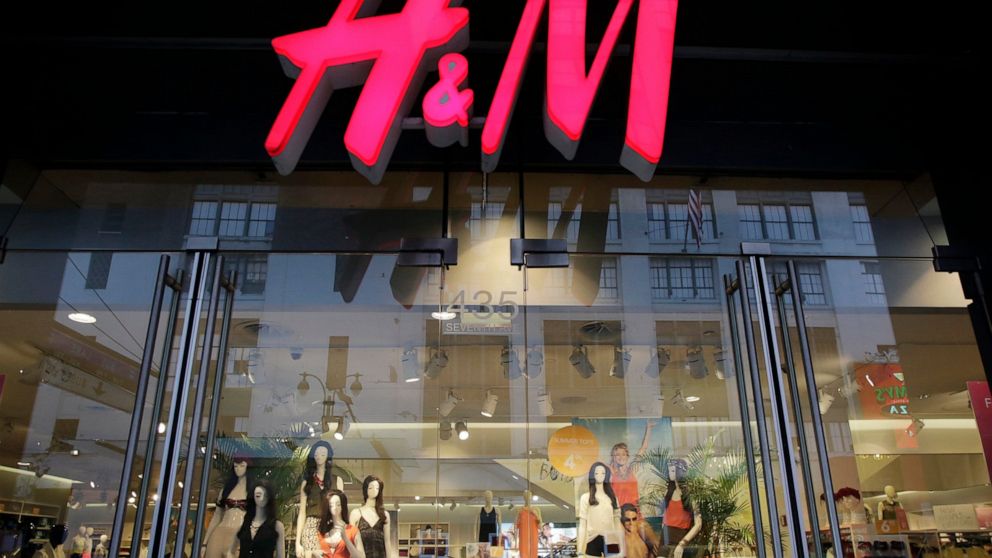
A woman walks past the headquarters of the People’s Bank of China in Beijing, China.
Jason Lee | Reuters
China’s People’s Bank of China (PBOC) announced Friday that it was reducing the amount of funds that banks have to hold in reserve in an effort to further stimulate its economy.
The PBOC said its reserve requirement ratio would be cut by 50 basis points and it would further reduce that ratio by 100 basis points for some qualified banks. The move is effective from September 16 with the additional targeted cut taking place on October 15 and November 15.
It added that it would mean 900 billion yuan ($126.35 billion) of liquidity being released into the world’s second-largest economy. The move was the third action of its kind this year and the seventh since early 2008, according to Reuters.
The ratio refers to the amount of money that banks must hold in their coffers as a proportion of their total deposits. Lowering the required amount will increase the supply of money that banks can lend to businesses and individuals, and therefore cutting borrowing costs.
In the announcement, the PBOC also said there would be no flood-like stimulus for China and the bank would keep a prudent monetary policy.
Freya Beamish, the chief Asia economist at Pantheon Macroeconomics, said that a reduction was widely expected, and had been well signaled for several weeks.
“In our view, today’s change is in part a top-up on previous measures, and partly reflects house keeping measures counterbalancing official support for the (yuan currency). We continue to think that the bank will reduce its interest rate corridor by 20 (basis points) this month, following a cut from the Fed,” she said in a research note.
China said in July its gross domestic product (GDP) growth had slowed to 6.2% in the second quarter — the weakest rate in at least 27 years. The figure was in line with expectations in a Reuters poll, but lower than the 6.4% year-on-year growth in the first quarter of 2019.
Chinese growth has been challenged by its protected trade conflict with the U.S. Beijing and Washington have imposed tariffs on billions of dollars’ worth of one another’s goods since the start of 2018, battering financial markets and souring business sentiment across the globe.
—Reuters and CNBC’s Yen Nee Lee contributed to this article.

